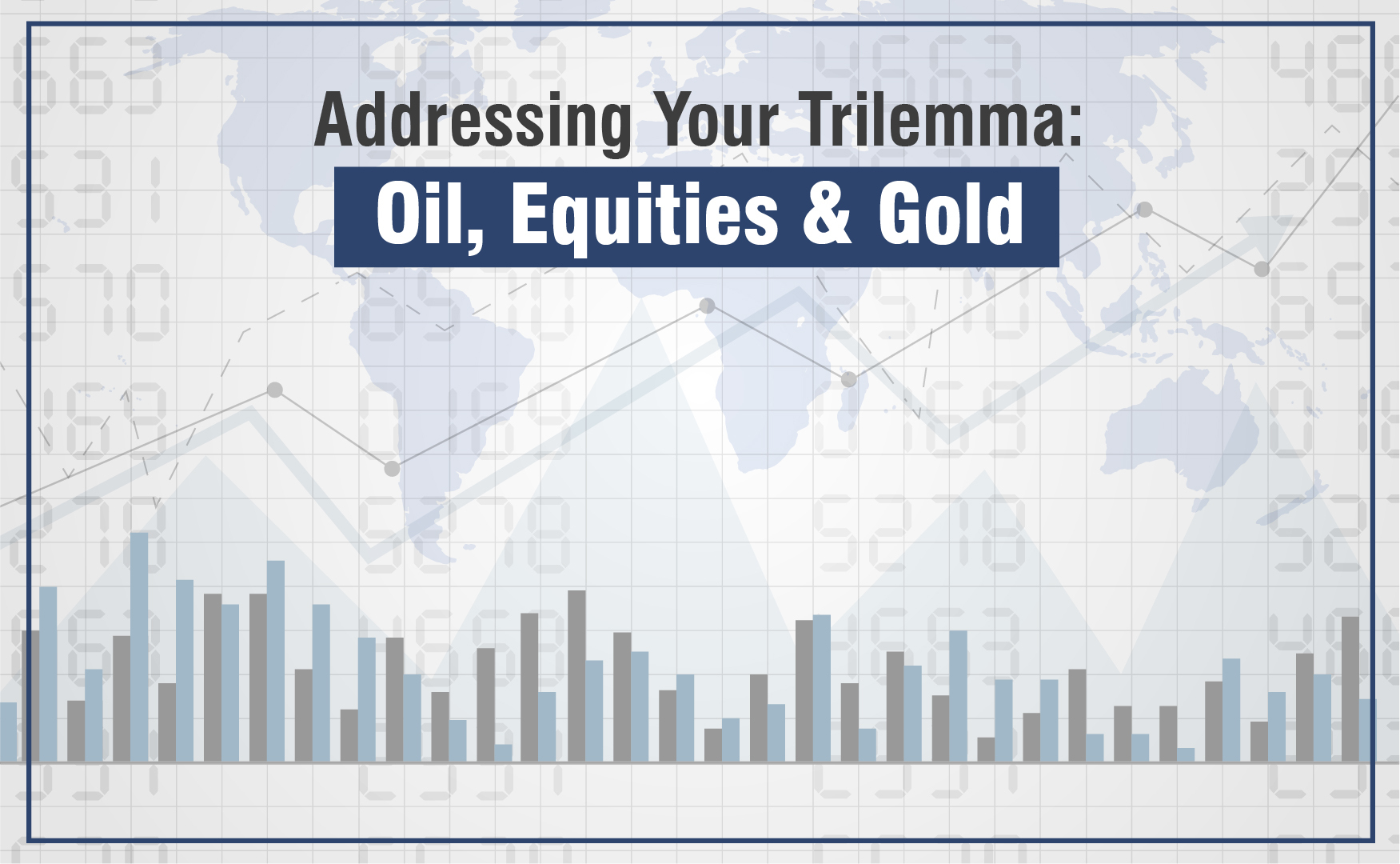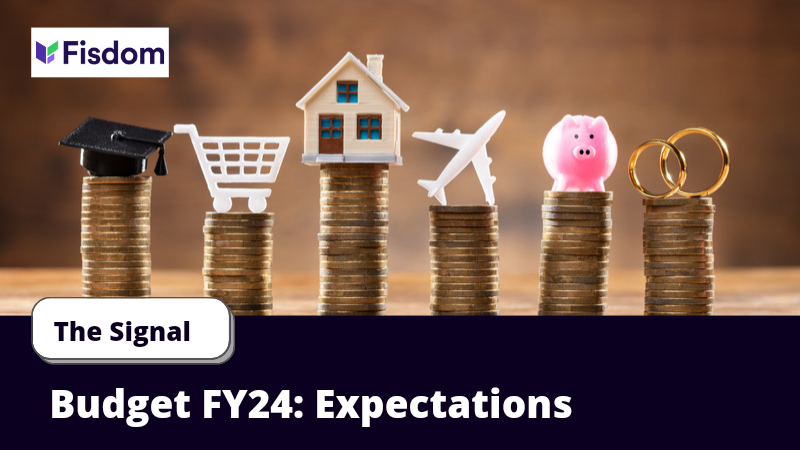
“Time flies over us, but leaves its shadow behind”
Nathaniel Hawthorne
While there’s a faction that consider oil prices as a lead indicator to consumption & hence growth, there are a few who consider equities to be a better indicator of earning which reflects growth and then who choose deductive reasoning to look at gold prices to understand confidence in capital markets as a leading indicator. None is wrong, but each has a perspective to offer today.
1. Crude Oil
Since the past couple of months, oil prices have helped copywriters churn out some quite sensational content. The storage crisis along with a virtual halt in consumption led to an unprecedented dip in WTI futures prices to -$38 levels. Brent Crude (the oil India imports) slid to $19 levels.

While oil-exporting countries faced such pricing pressure after almost three decades – the last major slippage in prices being during the Gulf War of 1991; oil importing countries like India stands to definitely benefit given that it is among the largest importers of crude oil globally. However, the quantum of benefits may not be directly proportionate to the decline in prices given that India too faces a storage shortage and can’t buy cheap oil beyond a quantity.
Given the current lockdown and expected persistent slowdown, the chances of a huge spurt in demand and consumerism is almost off the table. As the world returns to normalcy, oil producers will have enough time to re-strategize on production volumes & re-calibrate pricing range well.
Meanwhile, India’s oil import bill continues to be lower; supporting the government’s budget expenditure and cheap feedstock for oil-dependent sectors.
2. Equity Markets:
Equity Markets have been a leading indicator wherein the market reflects and prices-in expectations of future earnings & cash flows in the stock price. At the very knock of the pandemic, markets understandably went weak in the knees and chose “flight” from the popular “fight or flight” reflex options when faced with a harmful event, unpredictably.
However, as time passed and clarity began to emerge, capital markets began to restore faith considering central bank and government actions to insulate the economy, to rising clarity on the economic impact of the pandemic has resulted in bellwether indices making up for at least half the wealth eroded due to the knee-jerk reaction.

For those interested in checking out more about how the world’s largest central banks are working together on protecting the global economy, here’s a brief account:
An Account of Central Banks’ Key Measures to Support the World Economy
Back to India, it is too early to comment on details about a full-fledged recovery cycle, but this much can be said that a full-blown recovery is just around the corner once we pass the global health recovery zone.
3. Gold
Gold has always been viewed as a safe-haven asset class. The value of gold is generally observed to spike in the face of financial & economic crises – when investors steer clear from more volatile asset classes in search of a more reliable gold. Almost predictably, gold prices soared only to subside recently as clarity on the state of economic affairs emerged and investors begin dipping toes back into equities.

Investors Takeaway:
While Indian equities may not be at the cheapest point in terms of valuation but are definitely cheaper than it has been for a long time now. India is expected to be among the very few countries expected to continue being in the positive growth zone for 2020 and perhaps have the highest expansion in 2021.
Now is a great time to increase exposure to equities through selective mutual funds, albeit in a staggered fashion.
[tek_button button_text=”Download Fisdom App” button_link=”url:https%3A%2F%2Fbit.ly%2F2yJQJaZ||target:%20_blank|” button_position=”button-center”]



























